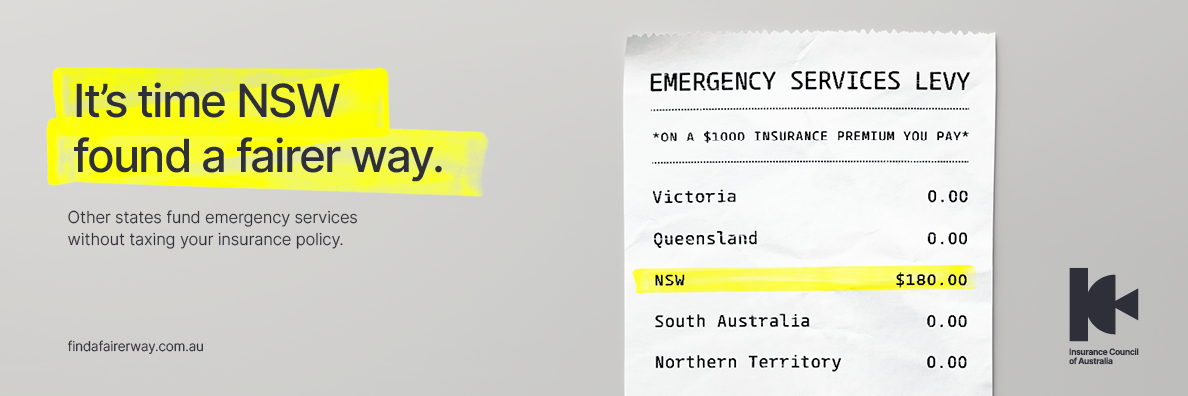Home Affordability Page 3
NSW Government action on Sydney floodplain development welcome

News release
Sunday, 29 October 2023
The Minns Government is to be commended for its decision to halt further development in parts of Sydney’s north-west due to flood risk, the Insurance Council of Australia (ICA) said today.
This decision announced today in The Sunday Telegraph by Minister for Western Sydney Pru Car and Minister for Planning Paul Scully is clear and strong action that will protect families and businesses from future dangerous flood events.
This is the first tangible decision by a State Government in response to the agreement by National Cabinet in 2022 that “the days of developing on floodplains need to end”.
It follows advocacy by the ICA and other peak bodies such as the Planning Institute of Australia and Master Builders Australia for governments responsible for land use planning decisions to significantly strengthen the controls around developments on high-risk flood plains.
Some residents of Western Sydney have experienced flooding four times in the past three years and the region is one of the most flood-prone in Australia.
Quote attributable to ICA CEO Andrew Hall:
“The Minns Government should be commended for taking such a critical decision which will put the safety and wellbeing of future Western Sydney communities first above all other demands.
“This is a significant shift in thinking about how we make the region safer and improve its risk profile.
“Insurers appreciate that Sydney is grappling with a housing crisis as the population surges, but repeating mistakes of the past through poor planning decisions would only condemn future generations to trauma and financial loss through devastating flood events while placing further pressure on all insurance premiums.
“Western Sydney already is one of Australia’s most exposed and high-risk flood areas, due to the topography of the Hawkesbury Nepean basin.
“To have allowed developments to proceed in these areas in full knowledge of the flood risk would have been unforgiveable.
“It was never a question of whether these areas may flood; the science, data and modelling show we know they will flood – to put further housing in these areas of unmitigated flood risk would have been a terrible strategy.”



